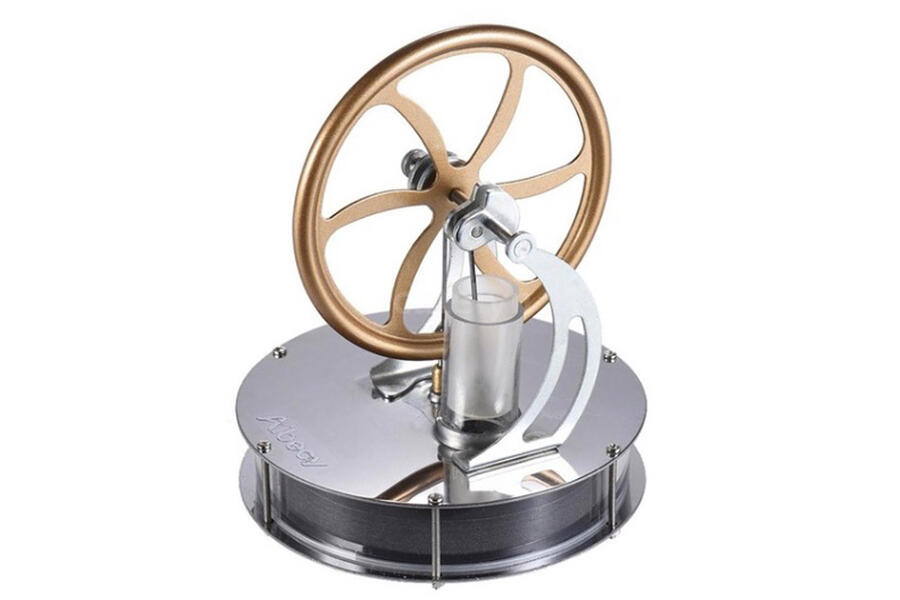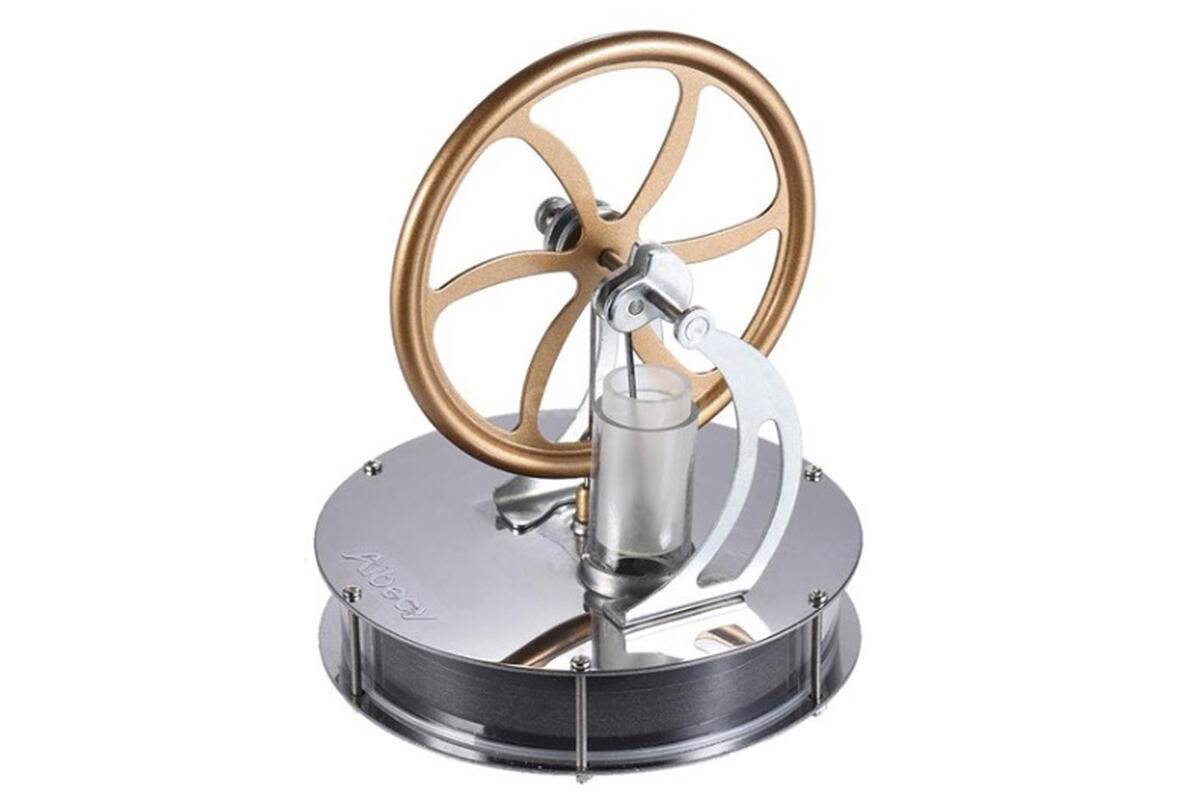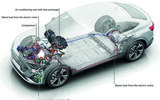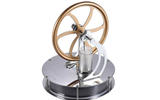Historically, the only link between a car and the humble household refrigerator has been the air conditioning system. Now, though, that link is becoming stronger, because the same technology can play a significant role in extending the range of EVs and reducing their charging times.
The car’s relationship with heat is of the love-hate kind, and just because we’re steadily moving from burning fuels to drawing power from a battery, that isn’t going to change much.
Heat is an inevitable consequence of burning fuel, but once the fire is set inside a combustion engine and liquid is converted into expanding gas to drive pistons or turbines, the heat that’s left is the uninvited guest that nobody wants. Its creation squanders more than half the energy contained in the fuel that’s sucked out of the engine by the cooling system and dumped into the surrounding air.
Powerful electrical systems in EVs also generate huge amounts of heat, and its negative effect on range and battery charging time is perplexing. But where the strategy was once to waste it, now the focus is on saving every last joule and forcing it to earn its keep. That’s where the heat pump, a kind of back-to-front refrigerator, comes in, and it’s something engineers are exploiting.
A household refrigerator contains a compressor and a sealed system of tubes full of refrigerant gas. When this gas is compressed, it becomes hot (as they do; try sealing the end of a bicycle pump with your thumb). The next stop for the hot gas is a snaking line of tubing to the back of the refrigerator, called the condenser.
Exactly like a car radiator, the condenser radiates heat, in turn cooling the refrigerant gas which liquidises and passes into a network of tubes called the evaporator. The volume of the evaporator is larger than that of the condenser, so the pressure drops, the liquid refrigerant evaporates and the temperature drops, chilling the fridge.
An air-con unit works in the same way, but a heat pump usually does it in reverse, with heat from the condenser used to raise the temperature in the battery or cabin.
In an EV, reversible heat pumps can be used to both warm the battery and cool it. When cooling it, the excess heat from the battery can be sent to the cabin heater. A heat pump can also move heat from the ambient air to the cabin heater. The Nissan Leaf was the first to do this, but not all EVs have embraced this technology yet.
Recycling heat reduces the amount of energy drawn from the EV’s battery to maintain a comfortable temperature for occupants, while managing the temperature of the battery before the car arrives at the charging station (using sat-nav information) means it can be brought to the optimum charging temperature before charging starts, reducing the charging time.
Does this sorcery come for free? Not quite, because work is done by the compressor to make it happen, but it’s estimated that a heat pump using 1kW of energy can produce up to three times that as heat energy.
Another Stirling idea








Add your comment